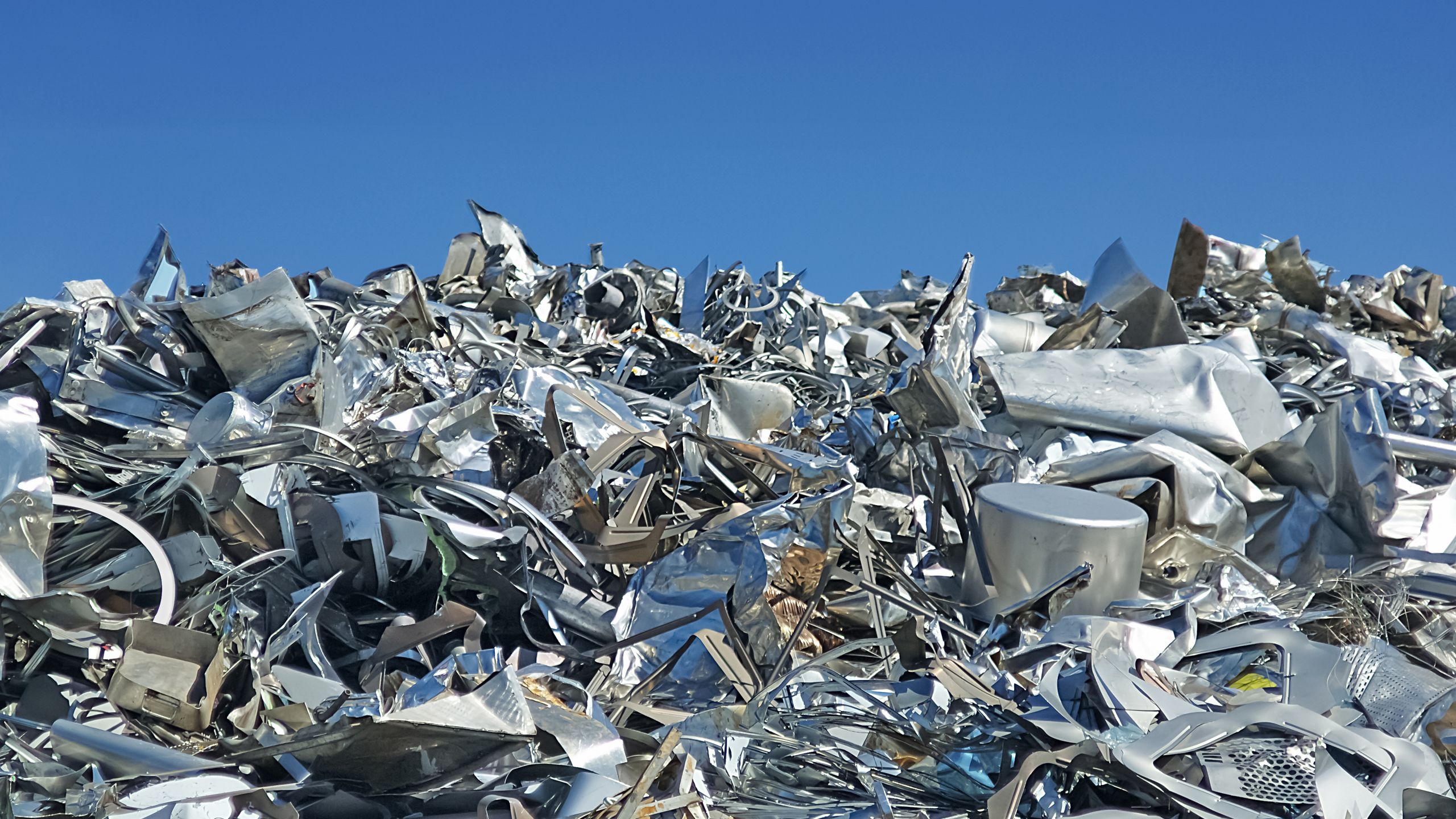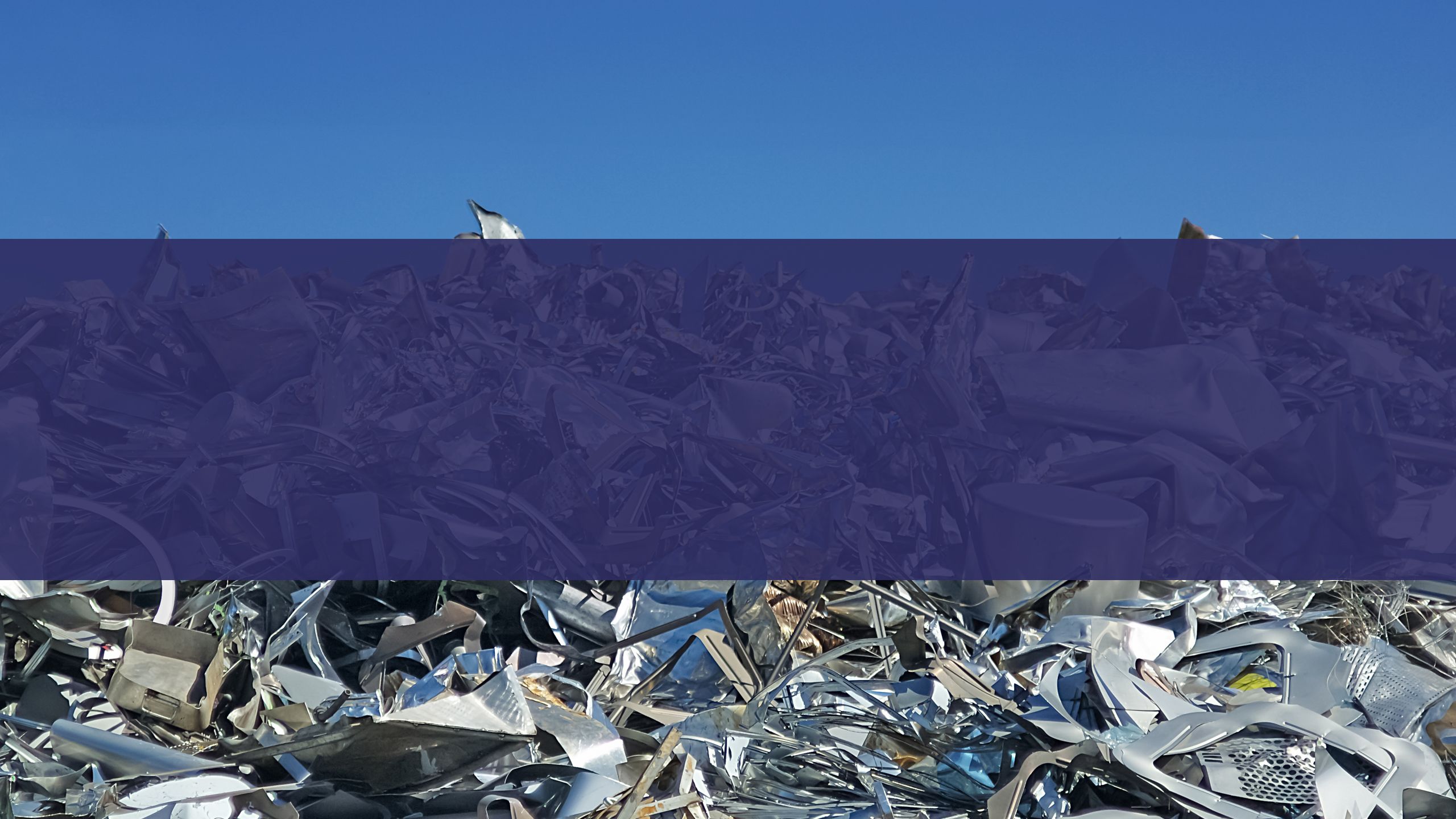Sustainable transformation of metallic wastes from the steel industry into advanced zinc oxide
Materials specialists have developed a new process for capturing zinc oxide from waste steel, developing a higher-quality material for manufacturing a range of other products, all with far lower energy use than existing techniques.

Sustainable transformation of metallic wastes from the steel industry into advanced zinc oxide
Materials specialists have developed a new process for capturing zinc oxide from waste steel, developing a higher-quality material for manufacturing a range of other products, all with far lower energy use than existing techniques.
Around 90,000 tonnes of steel are sent to landfills because of zinc, making it unusable. This is a substantial cost for steel businesses, who must pay to remove the waste metal from sites.
While existing techniques exist to remove the zinc elements for potential re-use, they are highly energy intensive, with substantial CO2 outputs, as burning and melting the materials is required.
Nanomox Ltd, with the support of Imperial College London and others supported by funding from the Transforming Foundation Industries (TFI) challenge, have developed a catalyst process that can recover zinc from previously unusable steel materials without the need for extreme heat, creating a more efficient and effective process with a number of financial opportunities.
"With current recovery techniques requiring temperatures of 1,100˚c for melting and vaporising materials to remove these elements, the opportunity for a low-energy solution to succeed is huge," says Francisco Malaret, CEO of Nanomox. "That's before you consider the financial and productivity benefits of re-using the previously unusable steel, monetising the captured zinc, and removing the unnecessary waste disposal costs."
The project aimed to demonstrate the effectiveness of the catalyst in removing zinc from waste steel while also improving the quality of the zinc oxide captured. "Being able to standardise the shape and size of zinc oxide crystals is a significant benefit many won't realise," adds Malaret. "Differently sized and shaped crystals have different properties, making them either more or less suitable for different use cases. By understanding the performance of different versions, it's possible to produce exactly the crystals needed for different products, thereby improving efficiency and reducing waste."

"Capturing zinc from waste steel no longer requires energy-intensive processes and can offer many financial benefits."

In terms of results, the project was able to demonstrate, in a laboratory environment, that the novel process could work at just 80˚c, offering a 97% energy saving from traditional techniques. On top of this proof of concept, a technological economic analysis was undertaken to assess the solution's viability on a larger scale and the potential savings from waste disposal, energy and inefficient product use.
Malaret comments: "Proving the effectiveness of the concept was the first step, and, through our testing within the project, we were able to extract zinc with only 0.3% remaining within the steel – well within the acceptable limits to allow the steel to be re-used. The success means the potential to monetise this zinc oxide now exists, as uses including vehicle tyres, cosmetics, paints, and pharmaceuticals are all potential markets.
"From our analysis, the economic viability of the process is also clear cut – with energy savings in particular a huge offset. Ticking many of the net zero boxes for productivity, sustainability, CO2 reduction, and energy use is also a huge plus for the steel industry," Malaret adds. "There's also the potential to improve and adapt the quality of zinc oxide crystals produced by the method, making more effective and marketable solutions for its uses in other industries."
Nanomox has already begun to apply for further funding for testing and validation, including making more significant contact with the steel industry for demonstration and development. A pilot plant has now been built, allowing the processes to be undertaken within a 1,000 litre tank rather than the 100ml testing size. The project is already in the process of developing optimised zinc oxide products for cosmetics with a new partner and will also, in time, look to explore similar processes for other elements beyond zinc.

In terms of results, the project was able to demonstrate, in a laboratory environment, that the novel process could work at just 80˚c, offering a 97% energy saving from traditional techniques. On top of this proof of concept, a technological economic analysis was undertaken to assess the solution's viability on a larger scale and the potential savings from waste disposal, energy and inefficient product use.
Malaret comments: "Proving the effectiveness of the concept was the first step, and, through our testing within the project, we were able to extract zinc with only 0.3% remaining within the steel – well within the acceptable limits to allow the steel to be re-used. The success means the potential to monetise this zinc oxide now exists, as uses including vehicle tyres, cosmetics, paints, and pharmaceuticals are all potential markets.
"From our analysis, the economic viability of the process is also clear cut – with energy savings in particular a huge offset. Ticking many of the net zero boxes for productivity, sustainability, CO2 reduction, and energy use is also a huge plus for the steel industry," Malaret adds. "There's also the potential to improve and adapt the quality of zinc oxide crystals produced by the method, making more effective and marketable solutions for its uses in other industries."
Nanomox has already begun to apply for further funding for testing and validation, including making more significant contact with the steel industry for demonstration and development. A pilot plant has now been built, allowing the processes to be undertaken within a 1,000 litre tank rather than the 100ml testing size. The project is already in the process of developing optimised zinc oxide products for cosmetics with a new partner and will also, in time, look to explore similar processes for other elements beyond zinc.
